-
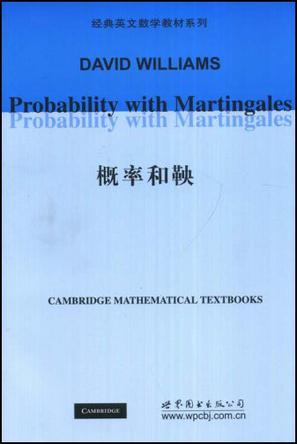
概率和鞅
《概率和鞅》是一部现代概率本科教程,内容生动,叙述严格,主要以离散时间的Doob鞅理论为框架,证明了Kolmogorov强大数定理和三级数理论以及通过运用特征函数的中心极限定理这些重要的结果。概率论作为一门应用学科已经广泛的应用于物理、工程、生物、经济以及社会科学等众多领域。 -
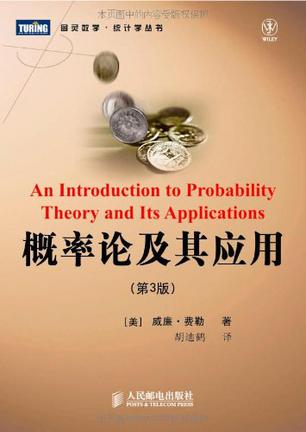
概率论及其应用
《概率论及其应用》(第3版)涉及面极广,不仅讨论了概率论在离散空间中的诸多课题,也涉及了概率论在物理学、化学、生物学(特别是遗传学)、博弈论及经济学等方面的应用,主要内容有:样本空间及其上的概率计算,独立随机变量之和的随机起伏,事件的组合及条件概率,离散随机变量及其数字特征,大数定律,离散的马尔可夫过程及其各种重要特征,更新理论等,除正文外,《概率论及其应用》(第3版)还附有六七百道习题和大量的附录。 -
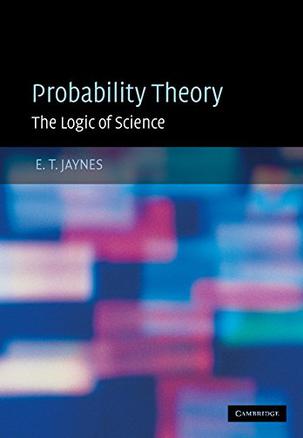
Probability Theory
The standard rules of probability can be interpreted as uniquely valid principles in logic. In this book, E. T. Jaynes dispels the imaginary distinction between 'probability theory' and 'statistical inference', leaving a logical unity and simplicity, which provides greater technical power and flexibility in applications. This book goes beyond the conventional mathematics of probability theory, viewing the subject in a wider context. New results are discussed, along with applications of probability theory to a wide variety of problems in physics, mathematics, economics, chemistry and biology. It contains many exercises and problems, and is suitable for use as a textbook on graduate level courses involving data analysis. The material is aimed at readers who are already familiar with applied mathematics at an advanced undergraduate level or higher. The book will be of interest to scientists working in any area where inference from incomplete information is necessary. -
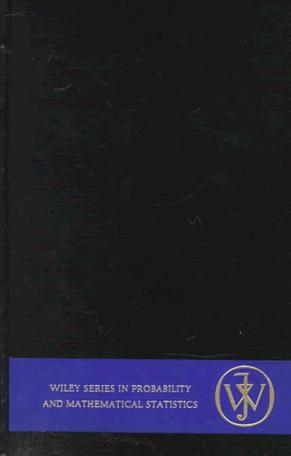
An Introduction to Probability Theory and Its Applications, Vol. 1, 3rd Edition
Major changes in this edition include the substitution of probabilistic arguments for combinatorial artifices, and the addition of new sections on branching processes, Markov chains, and the De Moivre-Laplace theorem. -
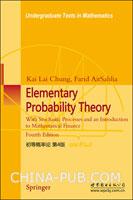
初等概率论(第4版)
《初等概率论(第4版)(英文版)》是一部介绍概率论及其应用的入门教程。其原始版本面世已经有30余年,但仍然是本科一二年级的经典概率教程。在第4版中增加了两章讲述应用和数学金融。传承前面版本详细、严谨的风格,讲述了有价证券和期货理论的基本知识。书中用最初等的方法讲述了概率测度、随机变量、分布以及期望等基本概念。离散和连续的案例都有所涉及,在讲述后者的时候运用了微积分知识。配以大量的典型例子重点讲述概率推理,集中介绍了组合问题、Poison过程、随机漫步、遗传模型和Markov链。每章末都附有习题及其解答。 -
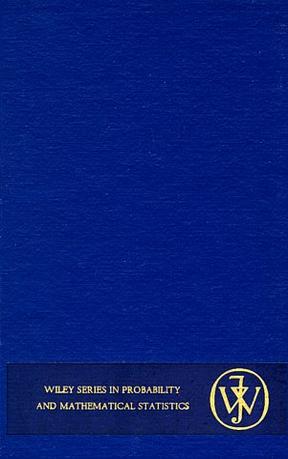
An Introduction to Probability Theory and Its Applications
Major changes in this edition include the substitution of probabilistic arguments for combinatorial artifices, and the addition of new sections on branching processes, Markov chains, and the De Moivre-Laplace theorem.